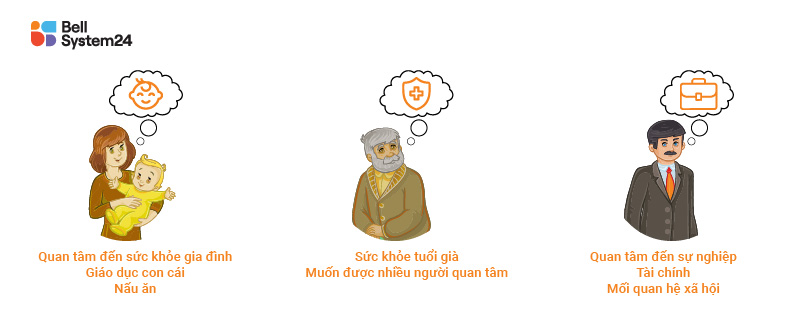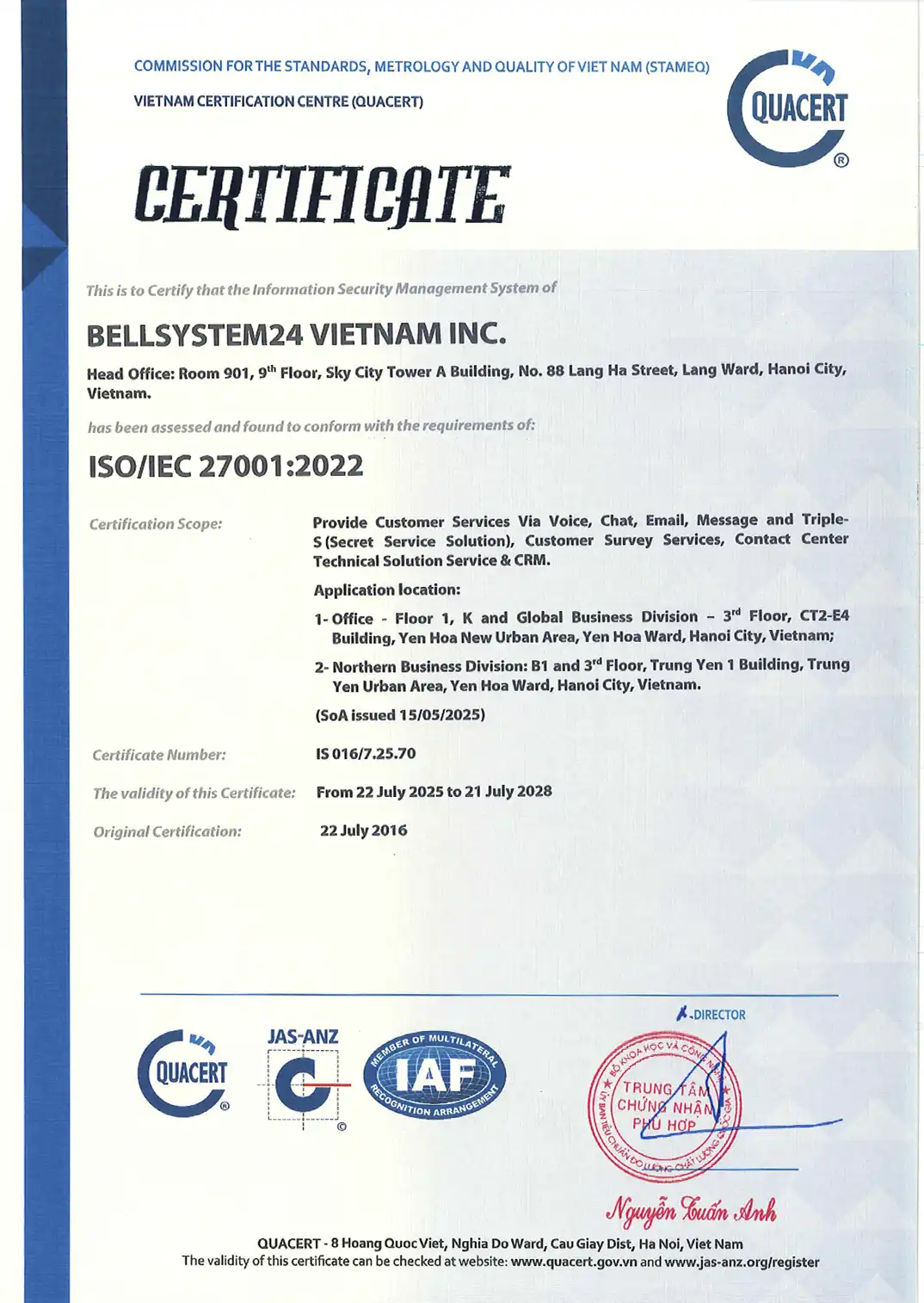Nowadays, Customer service is no longer simply a supplementary role for business activities, but it has become an indispensable activity for every business, helping to bring higher revenue and differentiate from competitors.
In fact, as many as 50% customers are willing to spend more on products/services if they feel satisfied with customer service.
Customer service also affects all business activities, from products/services, marketing, sales processes, and many other activities, and it also plays an important role in forming corporate culture.
Any customer service effort will be judged as successful or not, all depending on how satisfied customers are with the experience they receive. How do you measure and analyze these metrics?
1. Average Number of Tickets.
*Ticket: Tickets created based on customer support requests are stored in the system.
Average Tickets helps you measure the number of customer issues that require support. You can measure it on a daily, weekly, monthly, quarterly, or yearly basis.
When a business receives more tickets, it means that the customer service department is working hard, and it also indicates that customers are having problems with the business frequently, and that the product/service may not be good. When there are fewer tickets, it may mean that your customer base is low, or that your product/service is great.
How to improve Ticket quantity.
- Communicate to your Marketing department about common customer problems that require assistance, and your Marketing department is responsible for packaging and communicating solutions to common problems to customers, empowering customers to solve their own problems.
- Make sure your customer service department is always staffed enough to handle all customer issues.
2. Number of outstanding tickets.
Backlog is the number of customer tickets waiting to be processed. You can measure this metric at any time.
This index is subjective to the business. Failure to process all tickets is due to unsatisfactory performance. It alerts to staff capacity, shortage of staff, suboptimal customer support technology, and inadequate customer service processes.
While the speed at which a customer request is processed isn't the most important aspect of customer service, it does impact the quality of the experience.
Improved Ticket inventory.
- Understand and improve your customer service process from end to end.
- Ensure competent staff.
- Ensure adequate staffing.
- Technology to support optimal customer care.
3. Customer response time.
How long does it take for customers to receive a response from an operator when they contact the operator?
The industry standard for call centers is 80/20, meaning that 80% of calls will be answered within the first 20 seconds. Today, customers want faster responses across all contact channels, and businesses that can meet this demand will improve the customer experience.
You can refer to: Customer response time standards across service channels.
This metric tells you how quickly your Customer service team is responding to customers.
- If the response rate is lower – Operational performance is guaranteed, customer care call center technology is optimized, customer experience is good.
- If this index is higher – Low performance, poor technology, bad customer experience.
How to improve first response time.
- Ensure employee capacity and performance.
- Build quality switchboard system.
- Combining IVR and ACD routes calls appropriately, increasing problem resolution time.
4. Rate of complete problem resolution on first support visit.
FCR (First Contact Resolution) is an important metric that measures the percentage of customer issues resolved completely during the first contact with customer service representatives.
This metric highlights the ability and effectiveness of employees in solving problems. An average FCR increase of 11% will lead to an 11% increase in customer satisfaction, demonstrating how crucial FCR is in enhancing customer satisfaction.
But measuring FCR is relatively complicated, you can refer to the in-depth article here: FCR measurement and analysis.
FCR tells you how effective your Customer service department is and proves that your construction company's customer support policies are correct if the FCR is high.
How to improve FCR.
- Train employees in analytical skills, problem solving and good communication.
- Build a specific, easy-to-follow problem-solving process with detailed instructions that can be spoken or sent via customer email.
- Build a CRM system to store business information.
5. Average problem resolution time.
How long does it take for customer service to resolve customer requests?
Today's customers not only want accurate support, but also fast.
This metric measures performance, showing how quickly your staff supports customers, improve to make processing times faster.
You can refer to: Methods to reduce call handling time.
6. Number of interactions per Ticket.
This metric shows how many interactions it takes your staff to completely resolve a customer issue. The lowest score is 1 (called FCR as above), the higher the score the worse, it indicates that the effectiveness of each message your staff conveys is ineffective, or your incident support policy is not optimal.
7. Favorite Channels.
This is the channel where customers will interact with the business the most. This is not necessarily a statistic, here Bellsystem24-Vietnam cannot say which channel is more effective than the other because each business will have a different level of effective interaction on each channel.
This index shows: Which channels do customers tend to communicate with businesses on. Helps businesses allocate resources and focus on exploiting targeted channels.
See also: Most preferred customer service channels.
8. Customer satisfaction.
Customer satisfaction is the most important metric of customer service, measuring how customers feel about the customer service they receive.
Often determined through customer survey campaigns using multiple choice questions or you can also measure it by surveying customers right during the consulting call.
See also: Sample Customer Satisfaction Survey.
Why is it most important?
For all the efforts of the Customer service department to develop this index.
- High customer satisfaction: Good customer service.
- Low customer satisfaction: Poor customer service.
Related topics:







